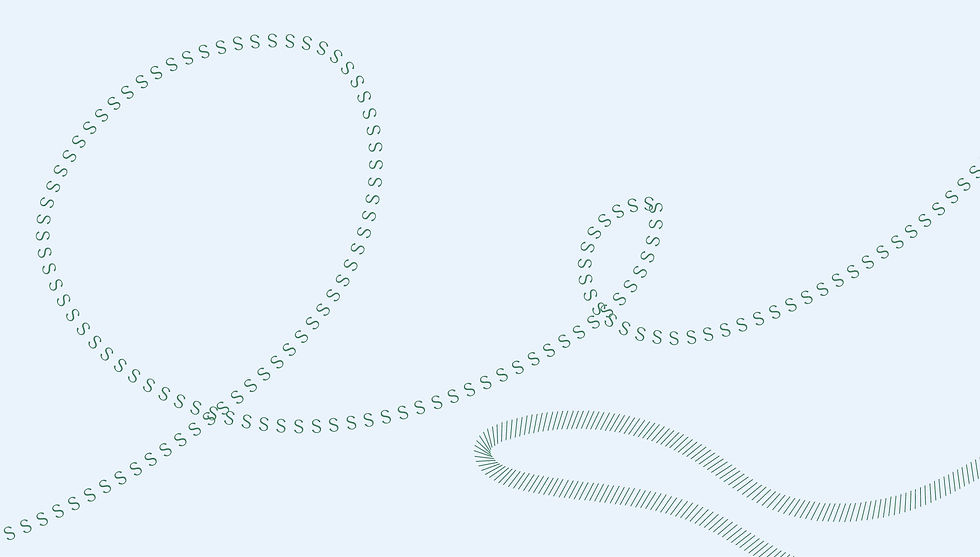My Shadow Used To Have A Density
- Recensies

- Oct 9, 2020
- 3 min read
Updated: Jun 15, 2021
door Francesca Lazzeri
gezien 8 augustus 2020, Afzender Boulevard
An encounter with a human being in precarious circumstances, is what you get when you visit My Shadow Used To Have A Density by Francesca Lazzeri. It is part of Afzender Boulevard, the corona-proof alternative programme presented on location around the city of ‘s-Hertogenbosch by Theaterfestival Boulevard. For twenty minutes and long after, you become aware of the vulnerability of living creatures in a world furnished with concrete and glass and under surveillance of electronic eyes. And you become aware of your responsibility as a visitor. Or as a fellow human being.
I am asked to wait by myself in the spiralling stairwell of the former offices of the Dutch telecom company KPN. The building has been stripped, the overall impression is one of abandonment, yet here the structural harmony of the building’s design can still be experienced: the white plastered curve of the walls, the curving ascent of the stairs against them, the steady layering of steps and landings, and then the lantern at the top that spreads a perfect circle of white light at the apex of my view.
When I am taken through to the installation we cross the building, the rest of which hasn’t been preserved quite as well. This structure doesn’t offer any shelter. Up several flights of steps, standing just two feet away from a set of serious holes in the floor, I am handed an iPhone and a set of earphones. I put them on and cross a shady corridor. A noise comes on, a rumble, I’m not sure if it’s in my earphones or outside. I cross a room so stripped of everything it almost hurts to look at it, the concrete is scarred where cabling and furnishings have been removed. I come to a door. In the next room a man is waiting.
Hang on. He’s inside a steel frame. Is he standing up or hanging from his arms? The noise gains in volume as I cross the threshold, or something else is switched on. He’s inside two sheets of see-through plastic. He is being vacuumized. I must make sure the man will be alright so I circle the room and scan the contraption to find out what’s going on. My iPhone rings. A little anxious, I answer. It’s the vacuumized man.
We talk. We explore how we feel. We tell each other what we saw when I came in and how we tried to gauge the situation. We look into each other’s eyes, me apprehensive, he resigned and without fear. We sweat, a lot. The noise is everywhere. I have to ask him to repeat and say I’m sorry. He asks me to come closer, and I touch his foot trough the plastic where it is turning white on one end and a blotchy purple everywhere else. He must experience such discomfort. The glaring sun blazes straight through the curtains into his eyes. I forget to ask his name, because we go the core immediately: are you alright on your side?
And then it’s over. He tells me how I can help, and it involves leaving the room. I do as I’m told. On the other side of the door it hits me: this work strips the viewer down to their instinctive self, whatever that is. It rips off any pre-programmed behaviours we adopt when attending a performance. The confrontation with the vulnerable person suspended airtight, so close, turns you into an actor, one who must act. Just like in her earlier pieces such as An Incomplete Life, Francesca Lazzeri kindles an acute and powerful awareness that life is always rushing towards the end. The decay of the building is the decay of the body.
verschenen 9 augustus 2020 op Movement Exposed Critical Space



Comments